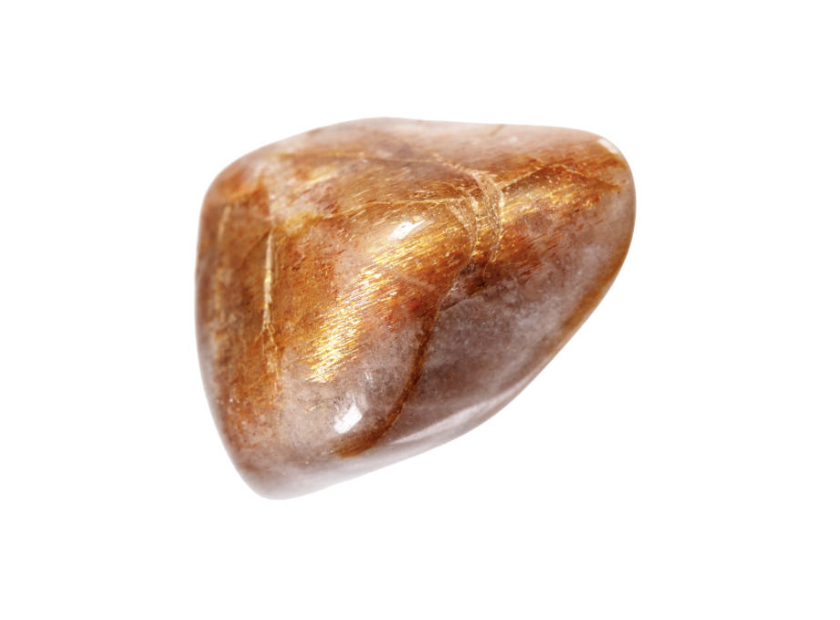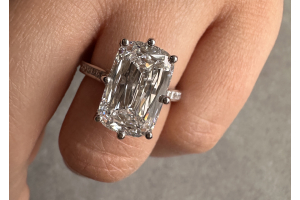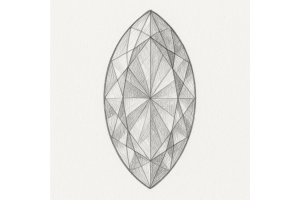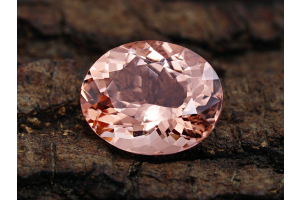GBP
/
GBP
/
Shipping to:
Currency:
How to Tell If a Sunstone Is Real: A Practical Guide for Crystal Lovers
Sunstones are captivating gemstones celebrated for their shimmering, sun-like appearance.
However, with the market awash with imitations, it's crucial to discern genuine sunstones from the fakes.
This guide will walk you through the telltale signs of authentic sunstones and offer insights into their unique characteristics.
Understanding Sunstones
Sunstones belong to the feldspar mineral family, typically exhibiting warm hues ranging from colourless to shades of yellow, orange, red, and even green.
Their standout feature is aventurescence—a glittery effect caused by light reflecting off tiny, plate-like inclusions of minerals such as copper or hematite within the stone.
If you're exploring alternatives for your next ring, check out gemstone engagement rings for more brilliant options.
The Importance of Authenticity
Identifying a genuine sunstone is vital, not only because of the price differences between real and fake stones but also due to the emotional and spiritual significance many attribute to authentic gemstones.
If you're curious about the bigger picture, check out how and where gemstones and diamonds are formed.
Key Characteristics of Genuine Sunstones
Aventurescence:
This is the hallmark of sunstones.
When tilted under light, authentic sunstones display a sparkling or metallic sheen due to internal mineral inclusions.
Colour Variations:
While sunstones commonly appear in warm tones, they can also be colourless or exhibit rare green shades.
The presence of multiple colours or a gradient within a single stone can indicate authenticity.
Inclusions:
Natural sunstones often contain inclusions of copper, hematite, or goethite.
These inclusions are typically plate-like and aligned parallel to the stone's cleavage planes, contributing to the aventurescent effect.
Simple Tests to Determine Authenticity
Visual Inspection:
Observe the stone under different lighting conditions.
Genuine sunstones will exhibit aventurescence, displaying a glittery effect as light reflects off internal inclusions.
Magnification:
Using a jeweller's loupe, inspect the stone for the characteristic plate-like inclusions.
Their presence and alignment can help confirm authenticity.
Hardness Test:
Sunstones have a Mohs hardness of 6 to 6.5.
While this test requires caution, a genuine sunstone should be able to scratch materials with a lower hardness rating.
Red Flags for Imitations
Uniform Colour:
Stones with overly uniform or excessively bright colours without the characteristic shimmer may be synthetic or dyed.
Glass-like Appearance:
Some imitations are made of glass and may lack the internal inclusions that produce aventurescence.
Too Perfect Clarity:
While clarity is desirable, natural sunstones often have minor inclusions.
Stones that are too clear might be synthetic.
Purchasing Genuine Sunstones
To ensure you're acquiring an authentic sunstone:
Buy from Reputable Dealers:
Seek out established jewellers or gemstone dealers with positive reviews and a history of ethical practices.
Request Certification:
Authentic stones often come with certification from recognised gemological laboratories, confirming their origin and authenticity.
Educate Yourself:
Familiarise yourself with the typical characteristics of sunstones to make informed decisions.
For those considering meaningful gifts, check out gemstone rings for gifting as unique keepsakes.
Seeking Professional Verification
If in doubt, consult a certified gemologist.
They can perform advanced tests, such as spectroscopy or refractive index measurements, to determine a stone's authenticity with certainty.
Caring for Your Sunstone
To maintain the beauty and longevity of your sunstone:
Cleaning:
Use mild soapy water and a soft brush.
Avoid ultrasonic cleaners, as vibrations can cause fractures.
Storage:
Store separately from harder gemstones to prevent scratches.
Avoid Harsh Conditions:
Limit exposure to extreme temperatures and chemicals.
For more unique jewellery ideas, check out these non-traditional engagement ring designs that break the mould.
Frequently Asked Questions
Is sunstone the same as goldstone?
No, goldstone is a man-made glass with metallic inclusions, while sunstone is a natural gemstone exhibiting aventurescence due to mineral inclusions.
Can sunstones be synthetically produced?
While synthetic versions exist, they lack the natural inclusions and aventurescence of genuine sunstones.
What is the rarest colour of sunstone?
Green sunstones are considered the rarest and are highly prized.
How much is a real sunstone worth?
The value varies based on colour, clarity, size, and the presence of aventurescence.
High-quality sunstones can command significant prices.
Is sunstone durable for daily wear?
With a Mohs hardness of 6 to 6.5, sunstones are moderately durable but should be worn with care to avoid scratches.
If you're shopping for lasting jewellery pieces, check out the collection of diamond wedding bands that pair beautifully with gemstone rings.








